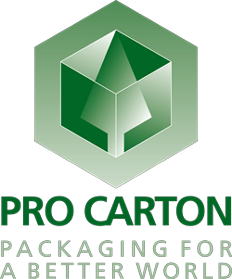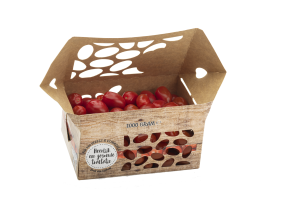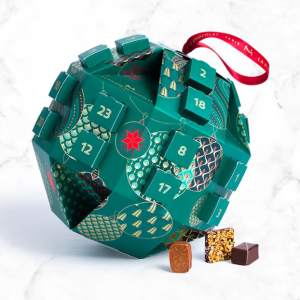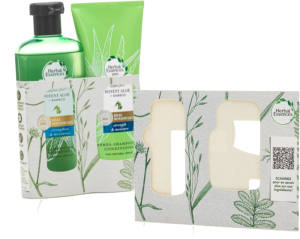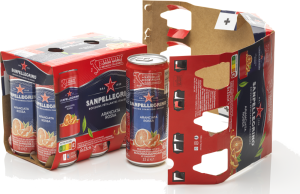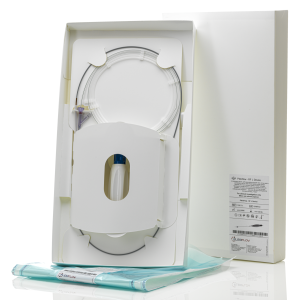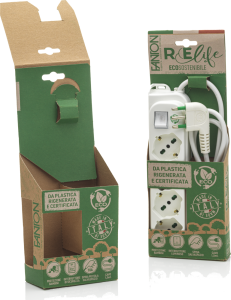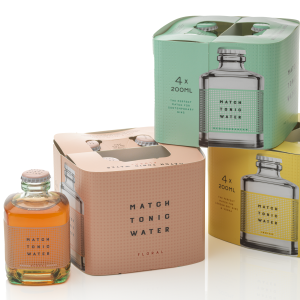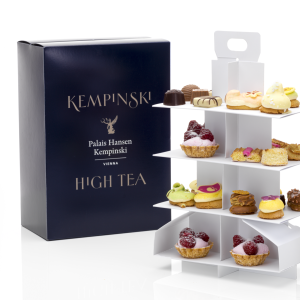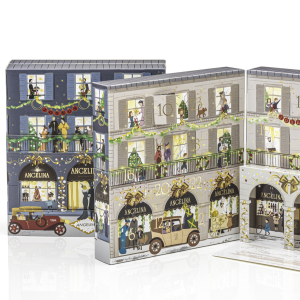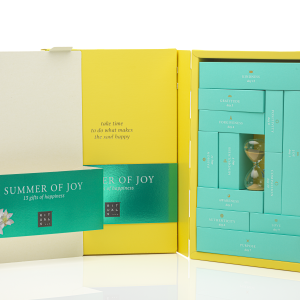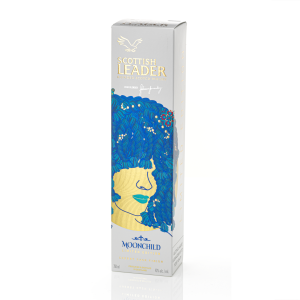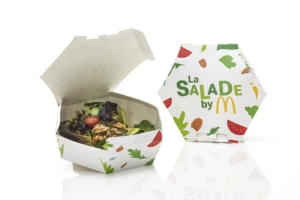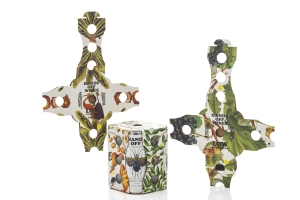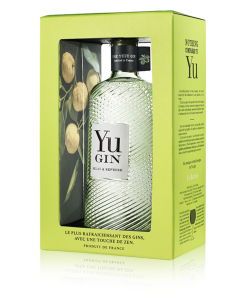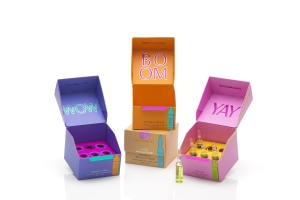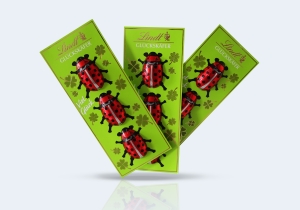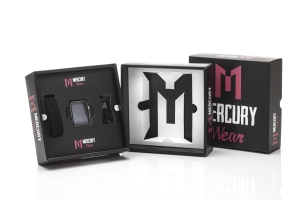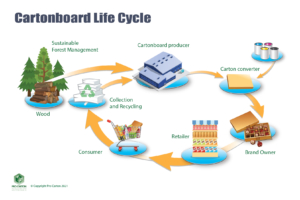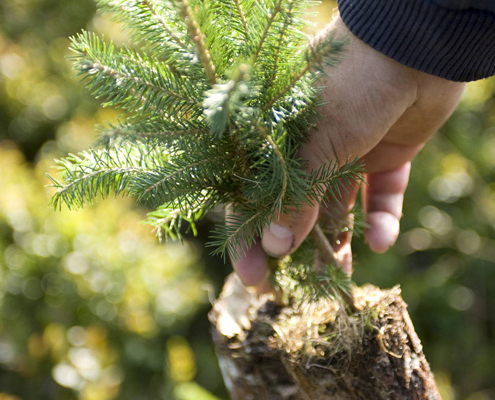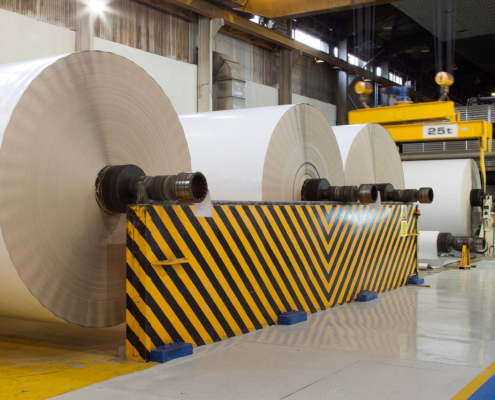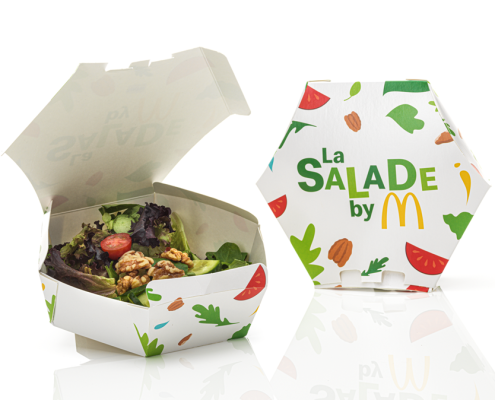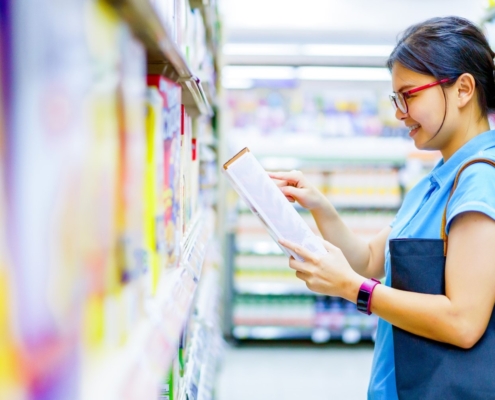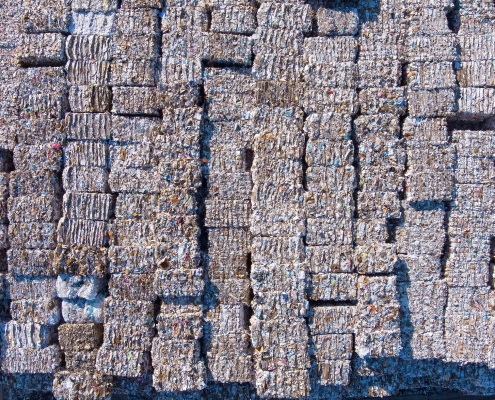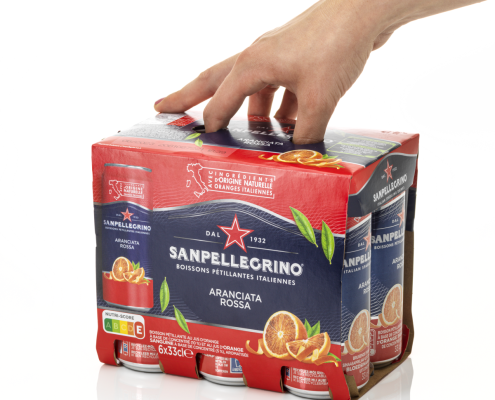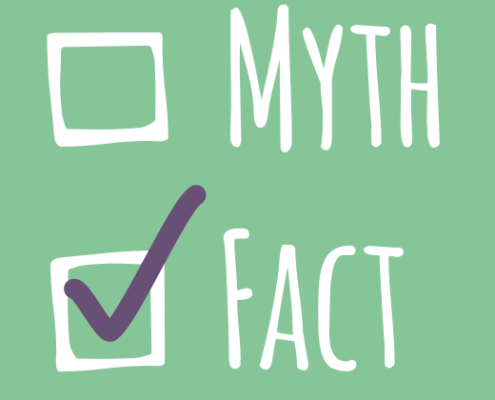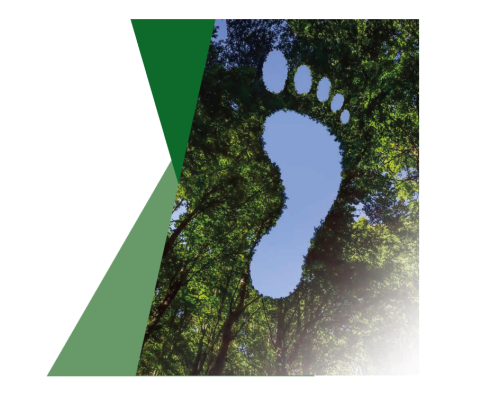Cartonboard: the sustainable solution.
The climate crisis is high on consumer agendas. In a in 2021, we asked more than 7000 adults: “What do you think is the best way to stop climate change?”. The top three answers were: plant more trees (32%), recycle more (21%) and use more natural, renewable packaging materials (19%).
Cartonboard packaging meets this consumer demand for more environment-friendly solutions.
Approximately 90% of the wood fibre used in European cartonboard manufacturing starts life in sustainably grown and managed forests, mainly in Sweden and Finland, making an important contribution to removing carbon dioxide from the atmosphere. At the same time, the European pulp, paper, and board industry is a leader in sustainable energy use. In fact, 56% of the electricity and steam used in cartonboard production comes from renewable wood by-products, while 95% of the water used is cleaned and reused on site mulitple times.
Cartonboard is easy to collect and recycle. Consumers trust carton recycling and understand the collection process. The recycling rate for packaging paper and board in Europe is around 82% . Carton fibres can be recycled more than 25 times, which further benefits both the carton recycling system and the environmental profile of cartons.
Secure and cost-effective
Besides sustainability, there are other advantages to using cartons:
- Lightweight: Technological advances have significantly reduced the weight of folding cartons without compromising their integrity. Carton packaging for the same products may have become up to 40% lighter over the past 20 years – significantly reducing raw material and transportation costs (see Cartons and Plastic Sustainability Study 2018)
- Strength & form: Carton packaging is inherently strong and provides perfect product protection, protecting against damage during transport between the manufacturer, distribution warehouse and retailer. It can also be designed to fully optimise pallet space for easy and cost-effect distribution
- Shelf-ready: Printed secondary carton packs, which contain multiple carton packs, make in-store handling and restocking easier and more efficient, as well as being eye-catching for customers.
Shelf impact makes the difference
For brand owners and retailers alike, cartonboard is the perfect substrate to create strong brand recognition and on-shelf impact.
Research shows that a high percentage of shoppers (40%) consistently and correctly recognised brands that were packaged in cartons. The recognition value of cartonboard was twice as high as that of the nearest competing packaging material, proving that cartons have a far greater recognition value.
Another impressive benefit of cartonboard is how easily it can be crafted into innovative shapes, while combining endless colour and print finish combinations. This makes it perfect for creating a premium look and feel that appeals to discerning shoppers, while also appealing to their desire to shop sustainably.
There is increasing pressure on brand owners to include information in different languages on packaging. Cartonboard provides a smooth surface on which text and graphics are easy for consumers to read, even in small font sizes.
Stamp of approval
Brand owners and retailers in five European markets . 96% of respondents said that sustainable packaging is very important to their business.
Crucially, packaging made from cartonboard also makes sound commercial sense.
60% of consumers agree that the environmental impact of a product’s packaging influences their purchase decision; more than three quarters of consumers are . In a direct comparison, 79% of shoppers would prefer carton packaging to plastic packaging.
The future is cartonboard.

